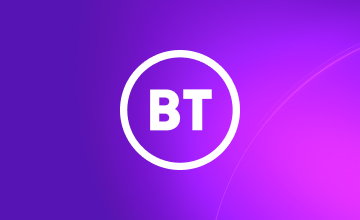What are they?
Card Sorting and Tree Testing, usually performed together, are a pair of user research techniques that help structure content in a way that allows users to navigate a website effectively.
Card Sorting is most often used to inform the creation of Information Architecture (IA) for an app or website. Tree Testing typically tests and validates one or more different versions of a proposed Information Architecture design.
They are useful techniques to help ensure that the content structure of your website, app, digital or print product is easy to understand and navigate.
Card Sorting
Card sorting explores the associations existing in your user’s minds. Card sorting can be performed online or in person, either moderated or unmoderated.
A representative sample of users organises digital or physical cards describing different concepts, products, or content and placing them into groups they perceive as sharing a common theme.
Card sorting can be either Open or Closed, and you can use both types in the same project cycle.
- Open Card Sorting is the most basic form of card sorting where users receive a set of cards representing the key content that is (or will be) present on the site or application. Users group these content blocks in whatever way feels most intuitive to them. Users label the groups, and the assembled groups and labels will help inform the creation of the IA.
- Closed Card Sorting leaves less up to the user’s interpretation and asks users to sort content blocks into predefined categories.
Open Card Sorting typically takes place in situations with more flexibility in the arrangement of content, such as early in the design process.
Closed Card Sorting may be more useful when you have specific requirements for the overarching sections used in the final product. So, the focus is more on moving content between these areas rather than creating entirely new content sections.
Closed Card Sorting may also use the groupings and categories established in an earlier Open Card Sorting session. Open Card Sorts do not always produce a single way of organising the data. So, Closed Card Sorting can be used to compare the effectiveness of different approaches before moving on to Tree Testing.
Tree Testing
As opposed to the exploratory nature of Card Sorting, Tree Testing is a technique usually used to verify and validate IA designs rather than create them.
Where Card Sorting asks users to create groupings in unstructured content, Tree Testing gives users a predefined IA and asks them to select where they would expect to find different pieces of content.
Typically, users will receive a list of representative tasks to solve using a skeletonised IA. This IA has no additional contextual cues or supporting content, such as images or text, and presents users with simply the headings of each section in the IA, as seen below.

Users then progress through this simplified navigational structure to select a section they think will allow them to resolve the task.
As an example:

In this simple case, users must add a particular drink to their order. A correct path has been defined for them, through which they must navigate to complete the task successfully.
When completing tasks like this one, user behaviour can show us how effective the current IA structure is functioning.
If users can find the correct answer in most cases and can do it quickly and directly, the IA is functioning well. If users must look in various sections, take a long time to consider their options, and often nominate incorrect areas, then the IA may require revision.
Using metrics like these, Tree Testing can give us a window into user behaviour before any prototyping or development begins, making it a cost-effective and quick technique to help test the performance of the navigation of your site, app, or product.
Want to conduct card sorting/tree testing?
Bunnyfoot has always prioritised evidence capture and valid, bespoke study designs to truly understand the nature of user engagement, interactions and behaviours, in a holistic way.
If you would like to talk about how we can support you with gaining a deeper understanding of your audience so you can make evidence-driven design decisions, we’d love to talk!






